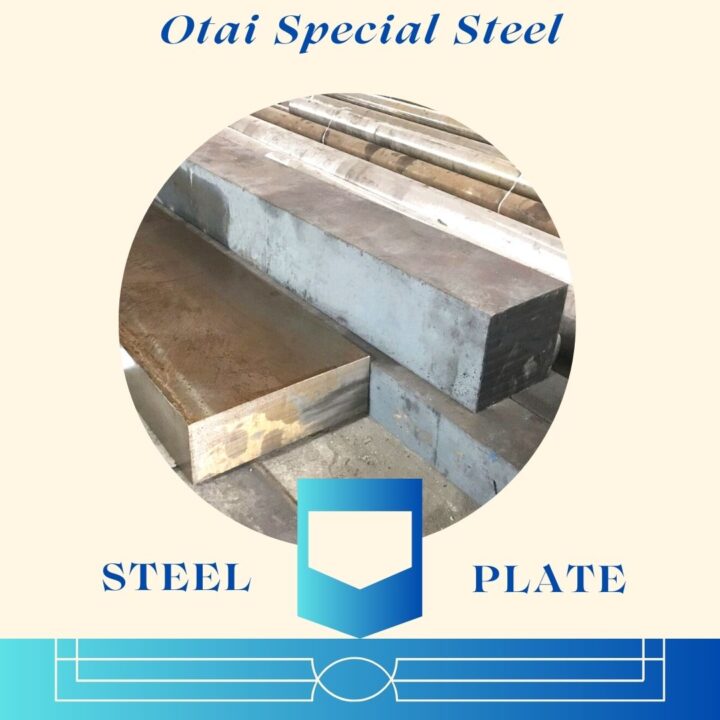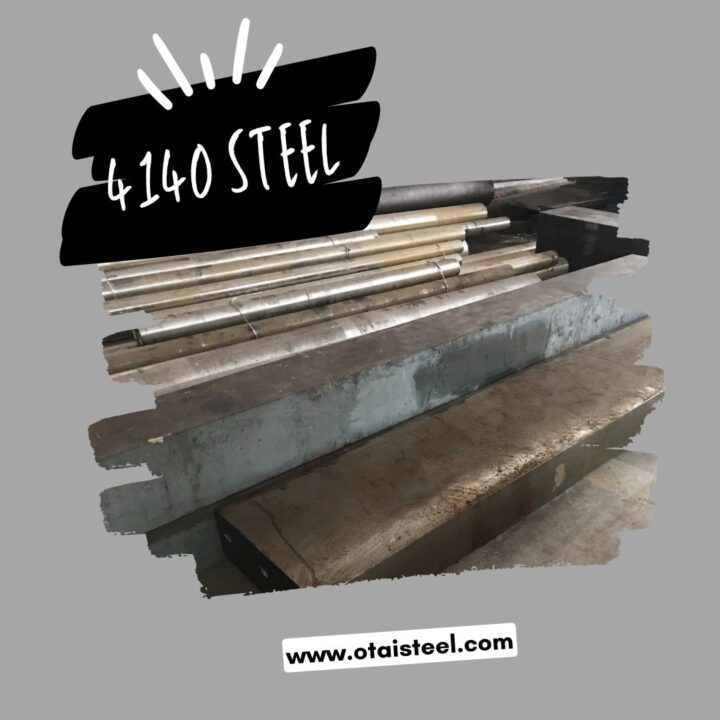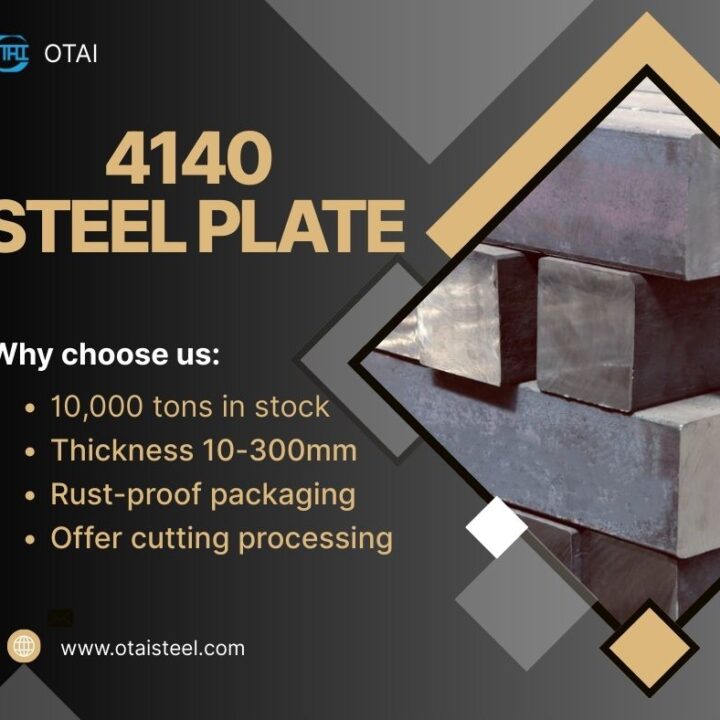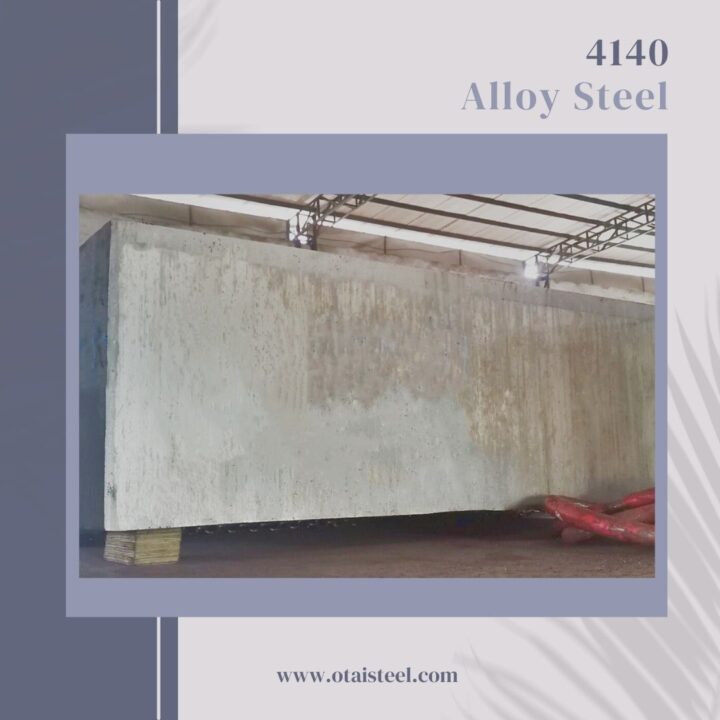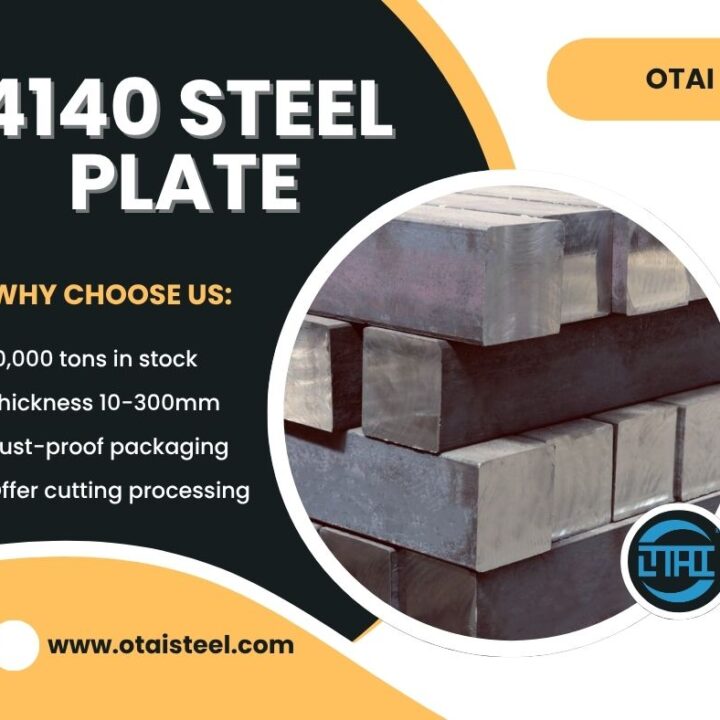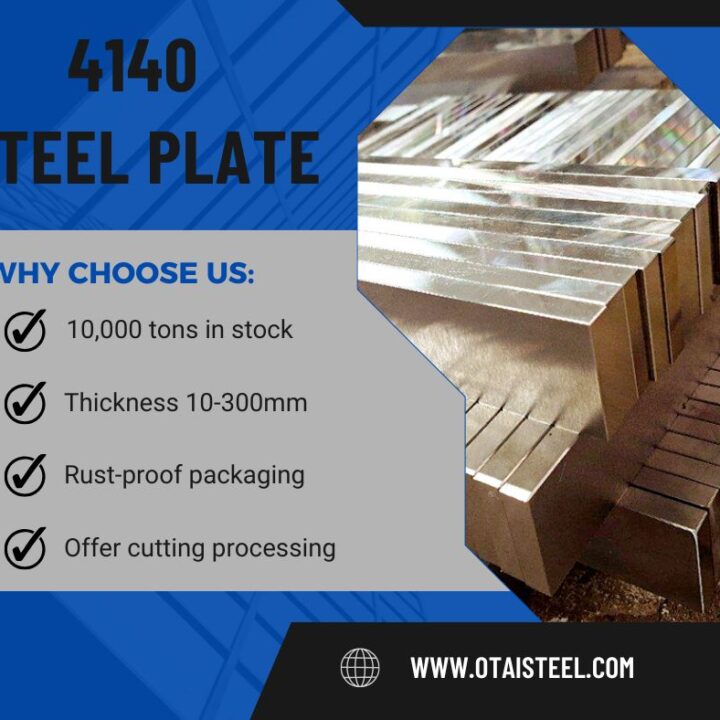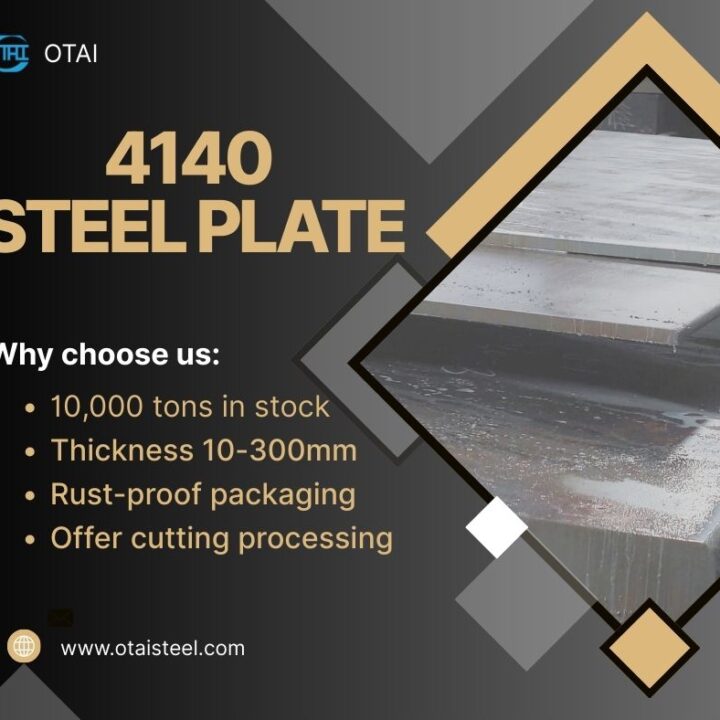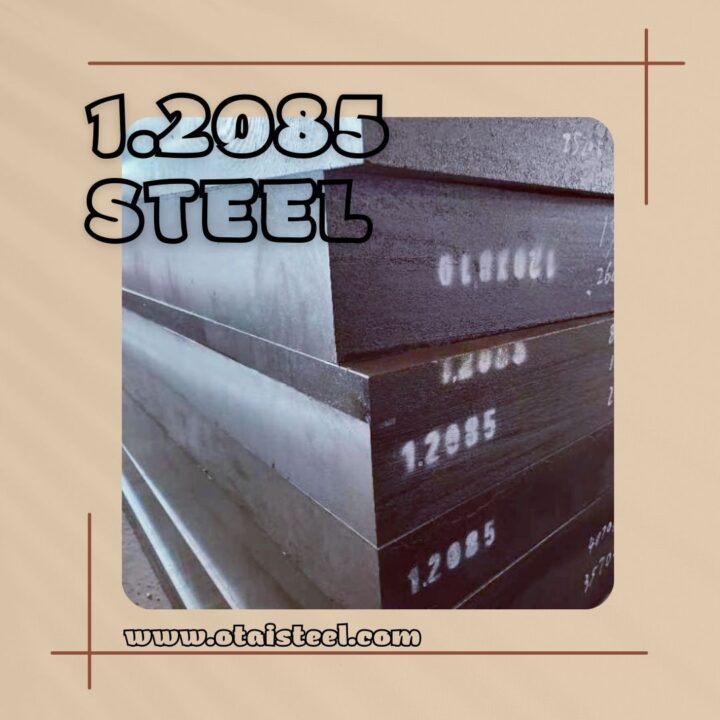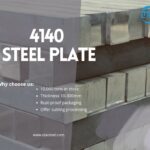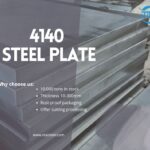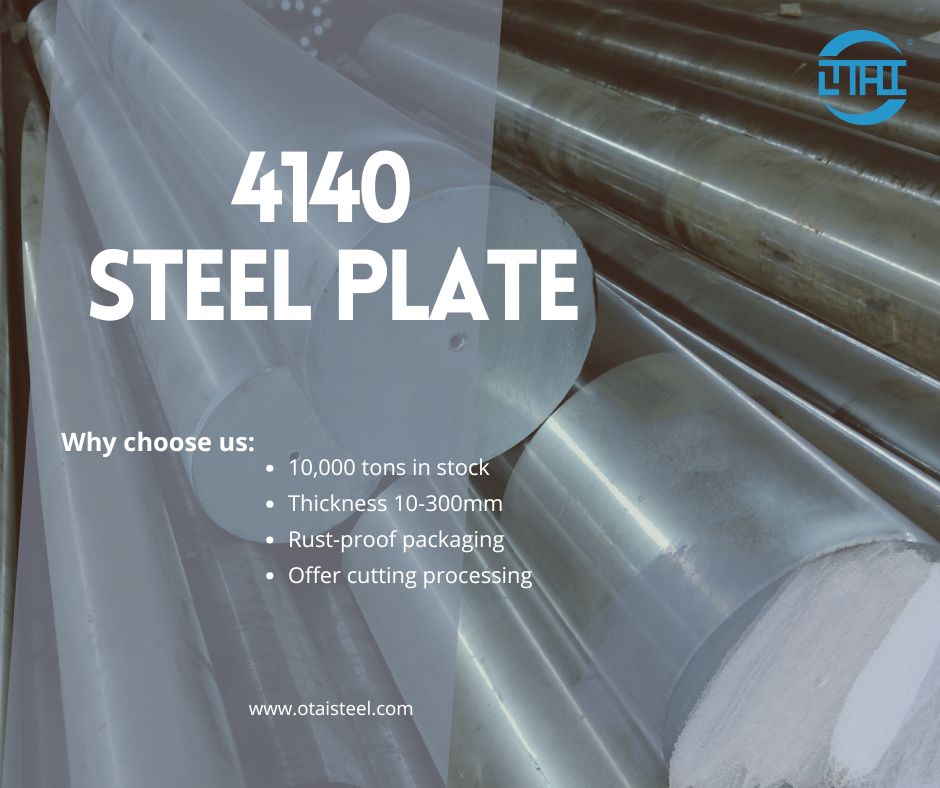 Why Choose Investment Casting for 4140 alloy steel?
Why Choose Investment Casting for 4140 alloy steel?
When it comes to producing high-strength, high-precision parts, 4140 steel investment castings offer a remarkable combination of performance and cost-efficiency. Whether you’re manufacturing critical components for mining, automotive, or industrial machinery, 4140 investment castings deliver a winning balance of strength, toughness, and dimensional precision.
Let’s explore why this process is becoming increasingly popular—and how it stacks up against other manufacturing methods.
🏭 What Makes 4140 Steel Ideal for Investment Casting?
4140 steel is a chromium-molybdenum alloy steel known for its toughness, fatigue resistance, and excellent response to heat treatment. When investment cast, it provides even more advantages:
-
Excellent surface finish
-
Near-net shape capability
-
High dimensional accuracy
-
Superior mechanical properties
These benefits make precision casting with 4140 alloy a strong candidate for parts requiring both strength and complexity.
📊 Key Properties of 4140 Investment Cast Steel
| Property | Value (Typical) |
|---|---|
| Hardness (As-cast) | 28–32 HRC |
| Tensile Strength (heat treated) | 850–1000 MPa |
| Yield Strength | 650–750 MPa |
| Elongation | 15–20% |
| Impact Toughness (Charpy V) | >30 J @ room temperature |
| Density | 7.85 g/cm³ |
| Machinability | Good (rated ~65%) |
| Surface Finish (as cast) | 3.2–6.3 Ra µm |
| Dimensional Tolerance | ±0.13 mm per 25 mm (typical) |
These numbers highlight the high performance of 4140 cast steel mechanical properties, especially after post-casting heat treatment.
🧰 Comparing 4140 Steel Casting vs Forging
Some engineers ask whether casting or forging is better. Here’s a simple comparison:
| Feature | Investment Casting | Forging |
|---|---|---|
| Complexity of Design | High (ideal for intricate parts) | Medium |
| Dimensional Accuracy | Excellent | Good |
| Surface Finish | Smooth (little machining) | Rough (requires machining) |
| Material Usage Efficiency | High | Moderate |
| Initial Tooling Cost | Higher | Lower |
| Production Volume Suitability | Medium to high | High |
If you’re designing parts with internal cavities, complex geometries, or tight tolerances, 4140 steel casting vs forging favors casting for cost and accuracy.
🔥 Heat Treatment of 4140 Castings
One of the best things about 4140 steel is how well it responds to heat treatment. Most investment cast parts undergo normalization or quenching and tempering to achieve desired mechanical properties.
Common Heat Treatment Processes:
| Process | Purpose | Typical Result |
|---|---|---|
| Normalizing | Refine grain size & improve ductility | Balanced strength & toughness |
| Quenching & Tempering | Increase hardness and strength | Up to 35–50 HRC |
| Stress Relieving | Reduce residual stresses | Stabilizes part dimensionally |
The heat treatment of 4140 castings is essential to unlock its full potential for wear and impact resistance.
🔍 Common Applications of 4140 Steel Investment Castings
Thanks to its toughness and formability, 4140 is widely used in sectors that demand precision and strength:
-
Gears and gear housings
-
Hydraulic parts
-
Couplings and drive shafts
-
4140 steel cast parts for machinery
-
Agricultural wear components
-
Oil & gas tool components
These are examples of common uses of 4140 steel investment castings, especially in industries where both reliability and tight tolerance are essential.
🎯 Why Choose Investment Casting for 4140?
If your part has complex geometry, internal passageways, or strict dimensional tolerances, 4140 steel investment castings are hard to beat. Here’s why:
-
💡 Dimensional accuracy of 4140 investment castings reduces machining needs
-
🔧 Excellent machinability after annealing or tempering
-
🧱 High wear resistance, especially after nitriding or surface treatment
-
✨ Surface finish of 4140 steel castings typically requires no post-processing
-
📈 Cost savings for medium-to-large volume production
It’s the go-to solution for those looking to optimize performance without sacrificing efficiency.
🏢 Company Advantages
At Otai Special Steel, we specialize in supplying high-quality 4140 steel investment castings tailored to your exact needs. Our advantages include:
-
📦 Over 10,000 tons of alloy steel in stock year-round
-
🛠️ Value-added services: precision cutting, heat treatment, and CNC machining
-
🔍 Strict QC: UT, chemical analysis, mechanical testing, and third-party inspection
-
🌐 Trusted by global giants: Thyssenkrupp, Schlumberger, Borealis
-
🚀 Fast delivery and competitive pricing worldwide
Looking for a reliable supplier for 4140 steel investment castings? Let’s talk!
❓ FAQ
Q1: Can investment casting produce parts with tight tolerances using 4140 alloy steel?
Yes. Typical tolerances are ±0.13 mm per 25 mm, and can be improved with secondary machining.
Q2: Are 4140 castings heat treated after casting?
Absolutely. Heat treatment like quenching and tempering is standard to enhance hardness and tensile strength.
Q3: What’s the main difference between forged and cast 4140 parts?
Forged parts may have slightly better internal strength, but investment castings offer superior complexity and precision.
Q4: Is surface finish good enough without post-processing?
Yes. The surface finish of 4140 steel castings is generally good enough to skip machining unless tight tolerances are required.
Q5: Can I order small batches of custom 4140 investment cast parts?
Yes. We support both small prototype runs and full production volumes.

